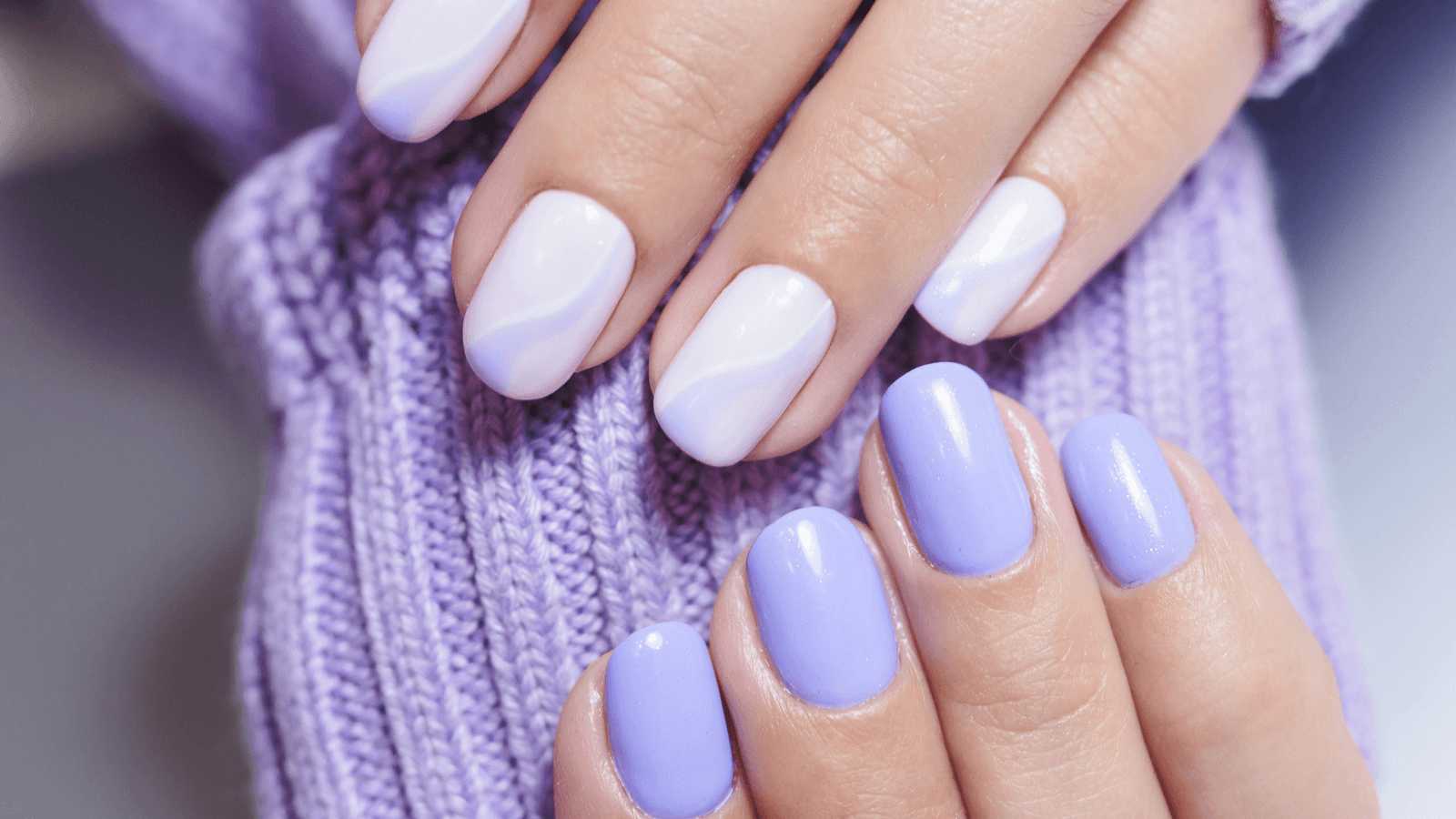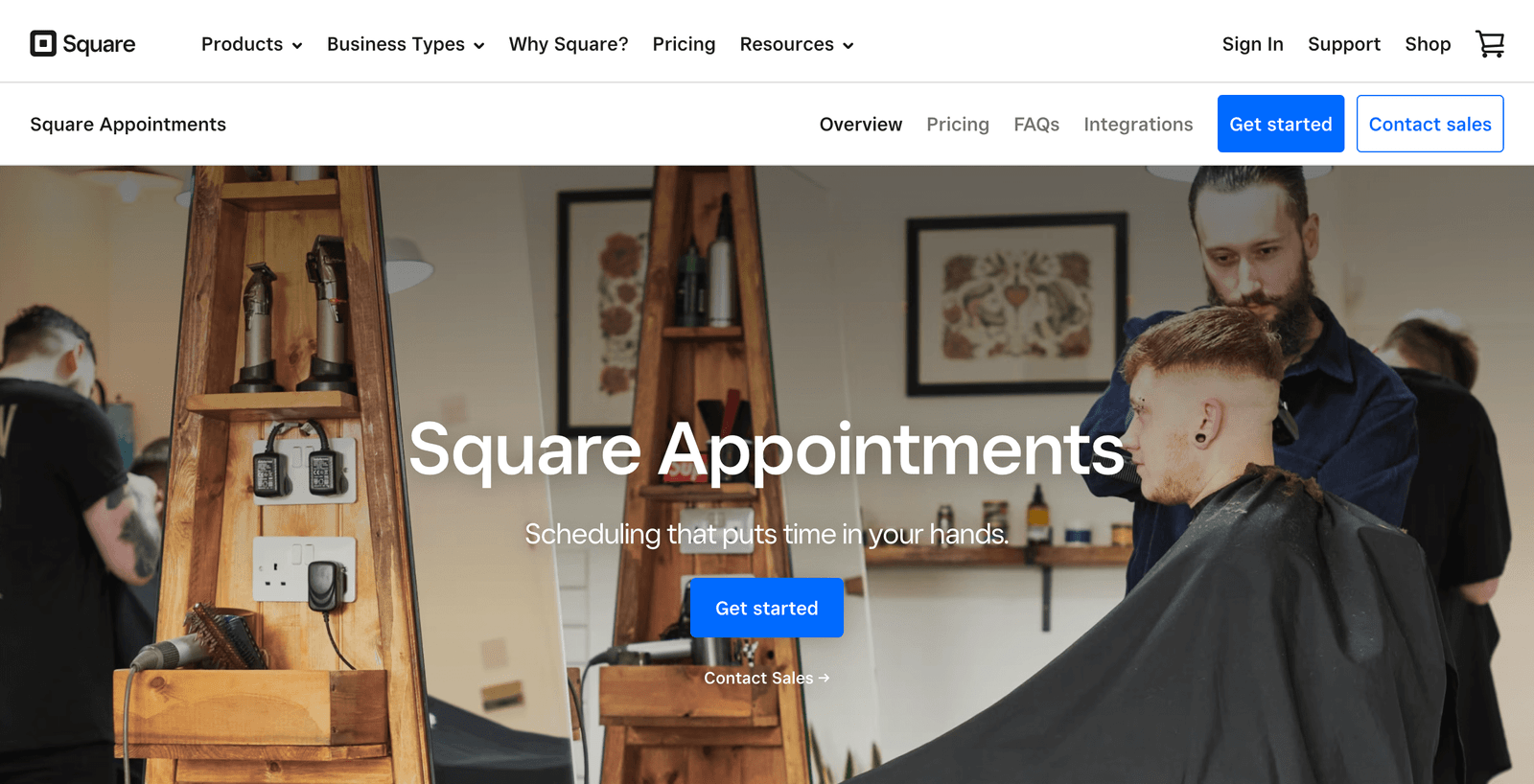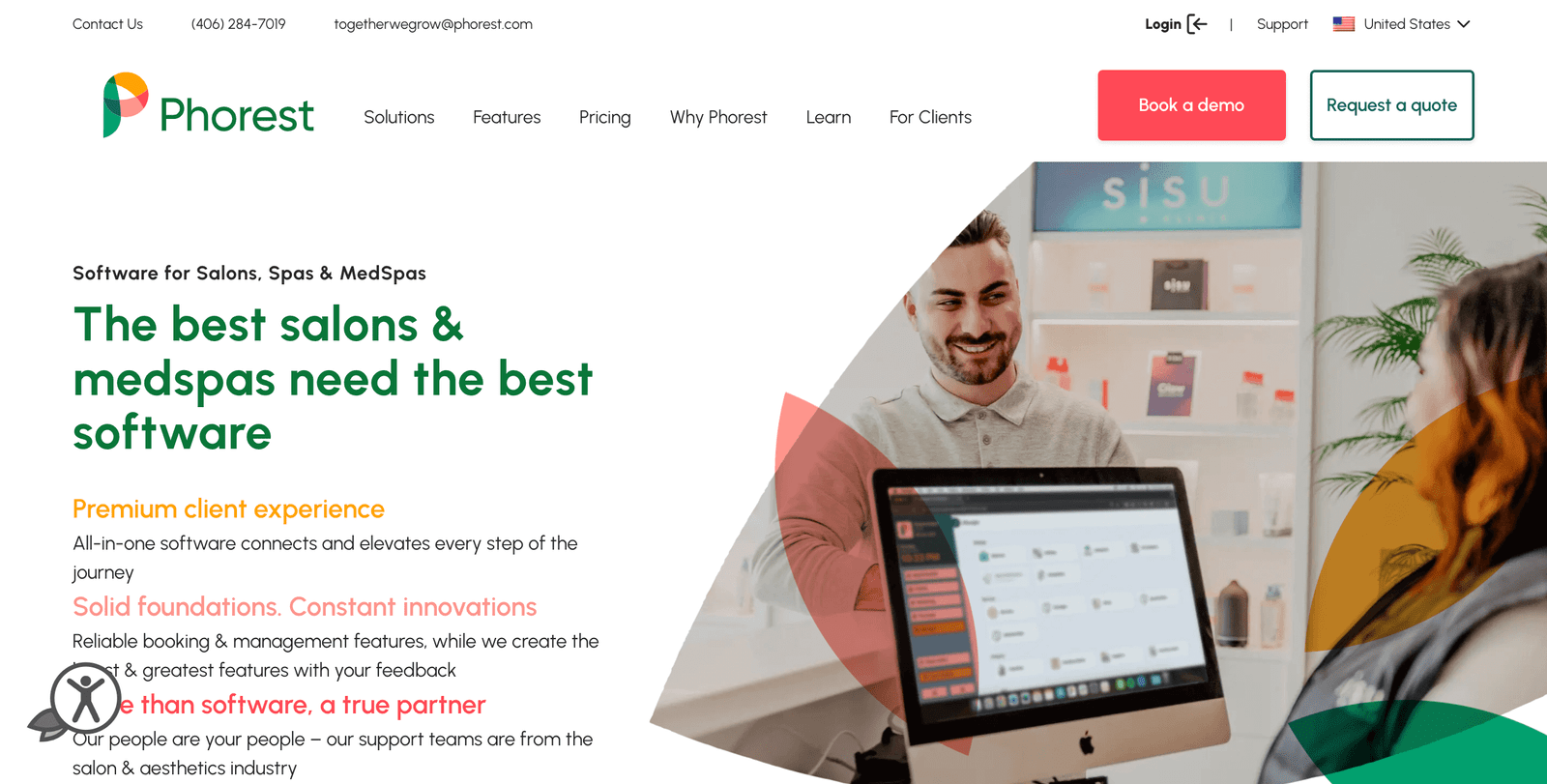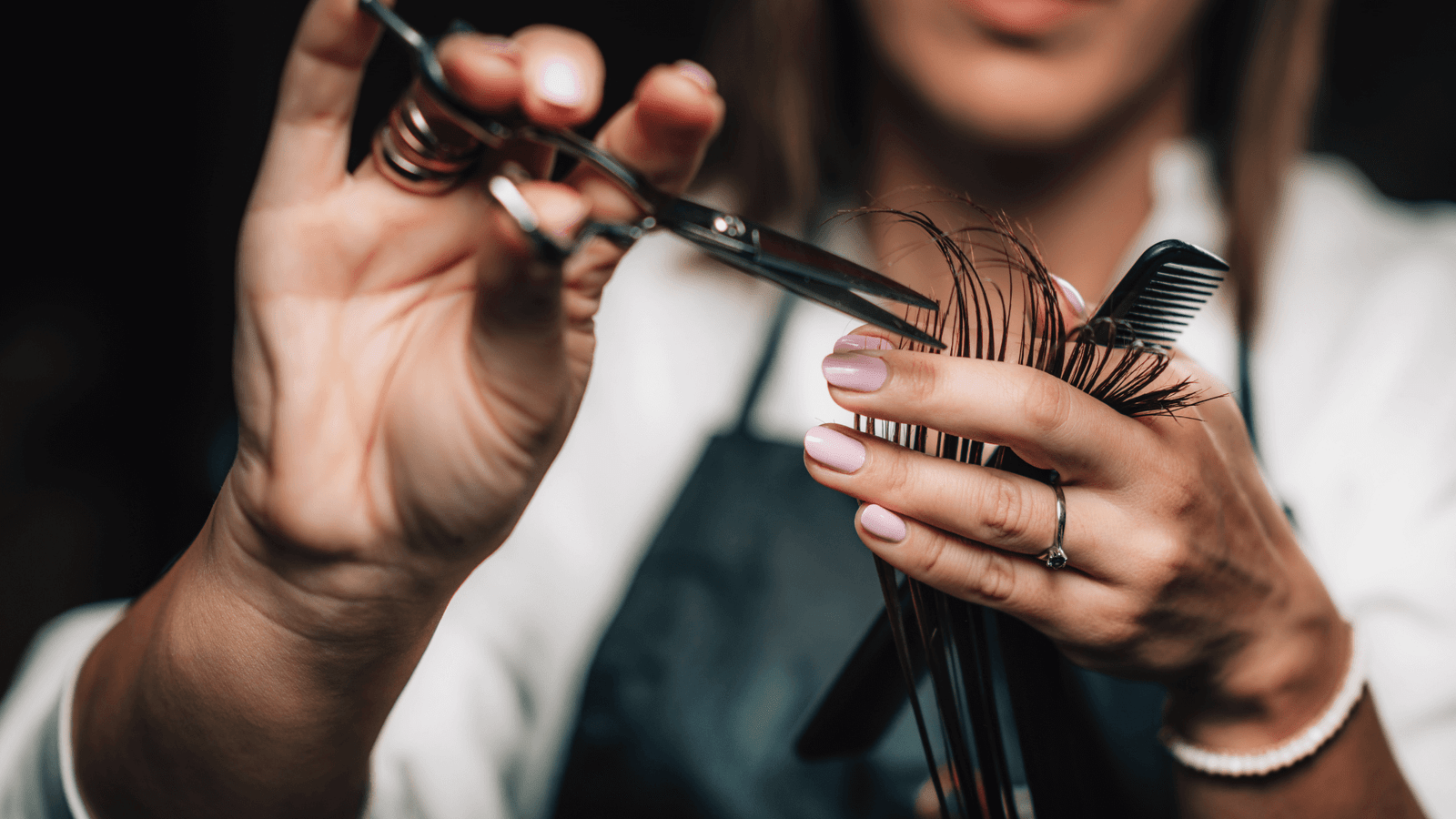The salon industry is changing fast. Customers expect 24/7 online booking. Walk-in appointments are becoming rare. And if your salon doesn’t have a professional website with seamless booking, you’re losing clients every single day.
But here’s what hasn’t changed:
If you have the right website platform with solid Square Appointments integration, you can still capture bookings around the clock and grow your business.
Not by relying on phone calls or sticky note schedules, but by making it dead simple for clients to book with you online, pay deposits, and get automatic reminders.
The best website builders for hair salons help you do exactly that:
- Showcase your work with stunning portfolio galleries
- Accept bookings and payments 24/7 (even while you sleep)
- Send automated reminders to reduce no-shows
- Manage your schedule from anywhere
- Build trust with professional online presence
These are the platforms my team and I recommend for salon owners who want to modernize their booking process and increase revenue.
The best part?
These solutions work great for salons of any size. From single-chair operations to multi-location chains.
My Top 3 Website Builders with Square Integration for Hair Salons
- Squarespace: Beautiful templates and native Acuity Scheduling integration
- Wix: Drag-and-drop simplicity with built-in booking tools plus Square embedding
- WordPress: Ultimate flexibility with specialized salon booking plugins
Squarespace

Best for salons that want professional design with integrated scheduling
Pricing: From $16 per month; 14-day free trial
Squarespace consistently delivers the most visually stunning websites in the industry. For hair salons where aesthetics matter tremendously, this platform is hard to beat.
But what makes Squarespace especially powerful for salons is that they own Acuity Scheduling. This means you get world-class appointment booking built right into your website.
Native Acuity Scheduling Integration
Since Squarespace acquired Acuity in 2019, the integration between the two platforms is seamless. You don’t need third-party widgets or complex embedding.
When you sign up for Squarespace, you automatically get access to Acuity’s scheduling features. This includes everything you need for a professional salon booking system:
- 24/7 online booking with real-time availability
- Automated email and SMS reminders
- Payment processing through Stripe, PayPal, and Square
- Staff scheduling and resource management
- Client intake forms and policies
- Package and membership options
The booking system displays beautifully on your Squarespace site and matches your design perfectly.
Embed Square Appointments if Needed
If you’re already using Square Appointments and want to stick with it, Squarespace makes embedding easy. You can add the Square booking widget using their Code Block feature.
Just copy your Square Appointments embed code from your dashboard and paste it into a Code Block on any page. The widget will display seamlessly within your site’s design.
Stunning Hair Salon Templates
Squarespace offers several templates specifically designed for beauty businesses. Each template features:
- Large, high-quality image galleries to showcase your work
- Clean, modern layouts that focus attention on your services
- Mobile-responsive design that looks perfect on phones
- SEO optimization to help clients find you online
The Camino and Fillmore templates are particularly popular with salon owners because they emphasize visual content and include prominent booking buttons.
Pros & Cons
| Pros | Cons |
|---|---|
| Built-in Acuity Scheduling eliminates need for third-party booking apps | Less customization flexibility compared to WordPress |
| Professional templates designed specifically for beauty businesses | Higher learning curve than drag-and-drop builders like Wix |
| Excellent mobile optimization and loading speeds | Limited third-party app integrations |
| Strong SEO tools and analytics built in |
Squarespace Alternative: Acuity Scheduling Standalone
You can also use Acuity Scheduling as a standalone solution without building a full website. Acuity provides a branded booking page that clients can visit directly.
This works well if you already have a basic website and just need professional scheduling. However, combining Acuity with a full Squarespace site gives you better SEO, more professional appearance, and the ability to showcase your work alongside your booking system.
Wix

Best for salon owners who want maximum design control with easy drag-and-drop editing
Pricing: Free plan available; premium plans from $17 per month
Wix gives you complete creative freedom to design your salon website exactly how you want it. The drag-and-drop editor is incredibly intuitive, making it perfect for salon owners who want to update their sites regularly with new photos and services.
Built-in Wix Bookings System
Wix comes with its own professional booking system called Wix Bookings. This handles everything most salons need:
- Online appointment scheduling with calendar integration
- Staff management for multi-stylist salons
- Service packages and pricing tiers
- Automated confirmations and reminders
- Payment processing through multiple gateways
- Client management and history tracking
The system integrates perfectly with your Wix website and includes a mobile app so you can manage bookings on the go.
Easy Square Appointments Embedding
If you prefer to use Square Appointments, Wix makes embedding simple through their HTML iframe feature.
From your site editor, click the + Add icon, then More, then HTML iframe. Drag the embed box where you want it to appear, then paste your Square Appointments embed code.
You can resize and position the booking widget exactly where it looks best on your page.
Massive Template Selection
Wix offers the largest selection of hair salon templates of any website builder. They have dedicated categories for:
- Hair salons and barbershops
- Beauty salons and spas
- Nail salons and studios
- Multi-service beauty businesses
Each template is fully customizable. You can change colors, fonts, layouts, and add your own branding without any coding knowledge.
Advanced Features for Growing Salons
As your salon grows, Wix can scale with you:
- Wix Stores for selling hair care products online
- Social media integration to showcase your work from Instagram
- Email marketing to nurture client relationships
- SEO tools to help new clients find you in search results
- Analytics to track your website performance
Pros & Cons
| Pros | Cons |
|---|---|
| Intuitive drag-and-drop editor that anyone can use | Can become overwhelming with too many design options |
| Largest selection of salon-specific templates | Free plan displays Wix ads on your site |
| Built-in booking system plus easy Square embedding | Limited ability to export your site if you want to switch platforms |
| Extensive app marketplace for additional features |
Wix Alternative: Square Online
Square Online is Square’s own website builder, designed to integrate seamlessly with all Square products including Square Appointments.
It’s free to use and includes built-in e-commerce features. However, the design options are more limited than Wix, and it’s only available in select countries (US, Canada, UK, Australia).
Square Online works best if you’re already heavily invested in the Square ecosystem and want everything in one platform.
WordPress

Best for tech-savvy salon owners who want unlimited customization and powerful features
Pricing: Free (plus hosting costs starting around $10-15 per month)
WordPress powers over 40% of all websites on the internet. It’s the most flexible platform available, which means you can create exactly the salon website you envision.
The learning curve is steeper than Squarespace or Wix, but the payoff in customization and functionality is enormous.
Specialized Salon Booking Plugins
WordPress shines because of its vast plugin ecosystem. For salon bookings, you have several excellent options that integrate with Square:
Salon Booking System is specifically designed for hair salons, barbershops, and beauty businesses. It includes Square as one of 30+ supported payment gateways, along with features like:
- Multi-location management
- Staff scheduling and assignment
- Service packages and pricing
- SMS notifications and email marketing
- Customer management and history
- Mobile-responsive booking forms
MotoPress Appointment Booking offers a more general booking solution that works great for salons. It includes direct Square Payments integration and features like:
- Hourly and daily appointment slots
- Recurring appointments for regular clients
- Google Calendar synchronization
- PayPal, Stripe, and Square payment processing
- Zoom integration for virtual consultations
Amelia is a premium booking plugin that many salon owners love. It supports Square payments and offers advanced features like:
- Group appointments for events
- Service packages and discounts
- WhatsApp integration
- Customizable booking forms
- Advanced reporting and analytics
Unlimited Design Possibilities
With WordPress, you’re not limited to pre-built templates. You can:
- Use any of thousands of free or premium themes
- Customize every aspect of your site’s design
- Add any functionality you need through plugins
- Optimize for search engines to attract new clients
- Scale to multiple locations or franchise operations
Popular salon themes include Beautycare, Hair Salon, and Wellness themes that come with booking integration built in.
Complete Control and Ownership
Unlike hosted platforms, with WordPress you own your website completely:
- Your data belongs to you
- You can switch hosting providers anytime
- No monthly platform fees (just hosting costs)
- No limitations on customization or functionality
- Full control over SEO and performance optimization
Pros & Cons
| Pros | Cons |
|---|---|
| Unlimited customization and functionality through plugins | Requires more technical knowledge to set up and maintain |
| You own your data and website completely | Need to handle hosting, security, and backups yourself |
| Extensive selection of salon-specific plugins with Square integration | Can be overwhelming for beginners |
| Most cost-effective solution long-term | Requires regular updates and maintenance |
| Best SEO capabilities of any platform |
WordPress Alternative: Hosted WordPress.com
If you want WordPress functionality with less technical complexity, WordPress.com offers hosted WordPress sites with managed hosting and support.
The trade-off is less flexibility and higher costs than self-hosted WordPress, but you get the ease of a hosted platform with WordPress’s powerful features.
Other Tools That Make Your Salon Website Complete
Beyond your main website builder, you’ll want these additional tools to create a complete online presence:
- Google My Business for local search visibility and client reviews
- Instagram integration to showcase your latest work automatically
- Email marketing (Mailchimp, Constant Contact) for client retention
- Online payment processing beyond just appointment deposits
- Review management tools to encourage and display client testimonials
The website builder you choose depends on your priorities and technical comfort level.
Choose Squarespace if you want beautiful design with professional built-in booking and don’t mind paying more for premium features.
Choose Wix if you want maximum design flexibility with easy drag-and-drop editing and built-in booking options.
Choose WordPress if you want complete control, unlimited customization, and the most powerful salon-specific booking plugins available.
All three platforms integrate well with Square Appointments, so you can’t go wrong with any of these options.
The most important thing is to get started. Every day without online booking is revenue walking out the door.
Pick the platform that feels right for you, set up your booking system, and start capturing those 24/7 appointments that will grow your salon business.























